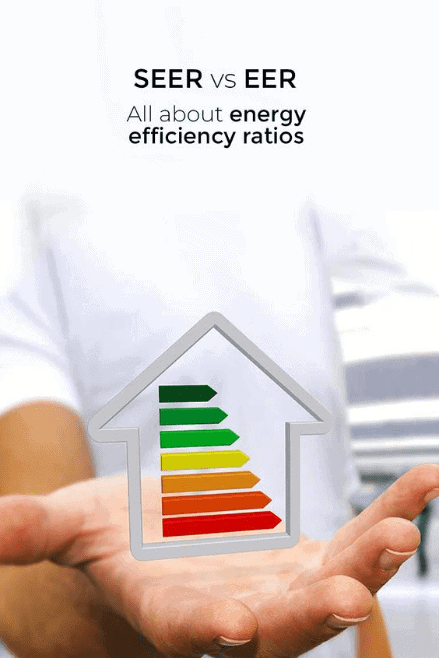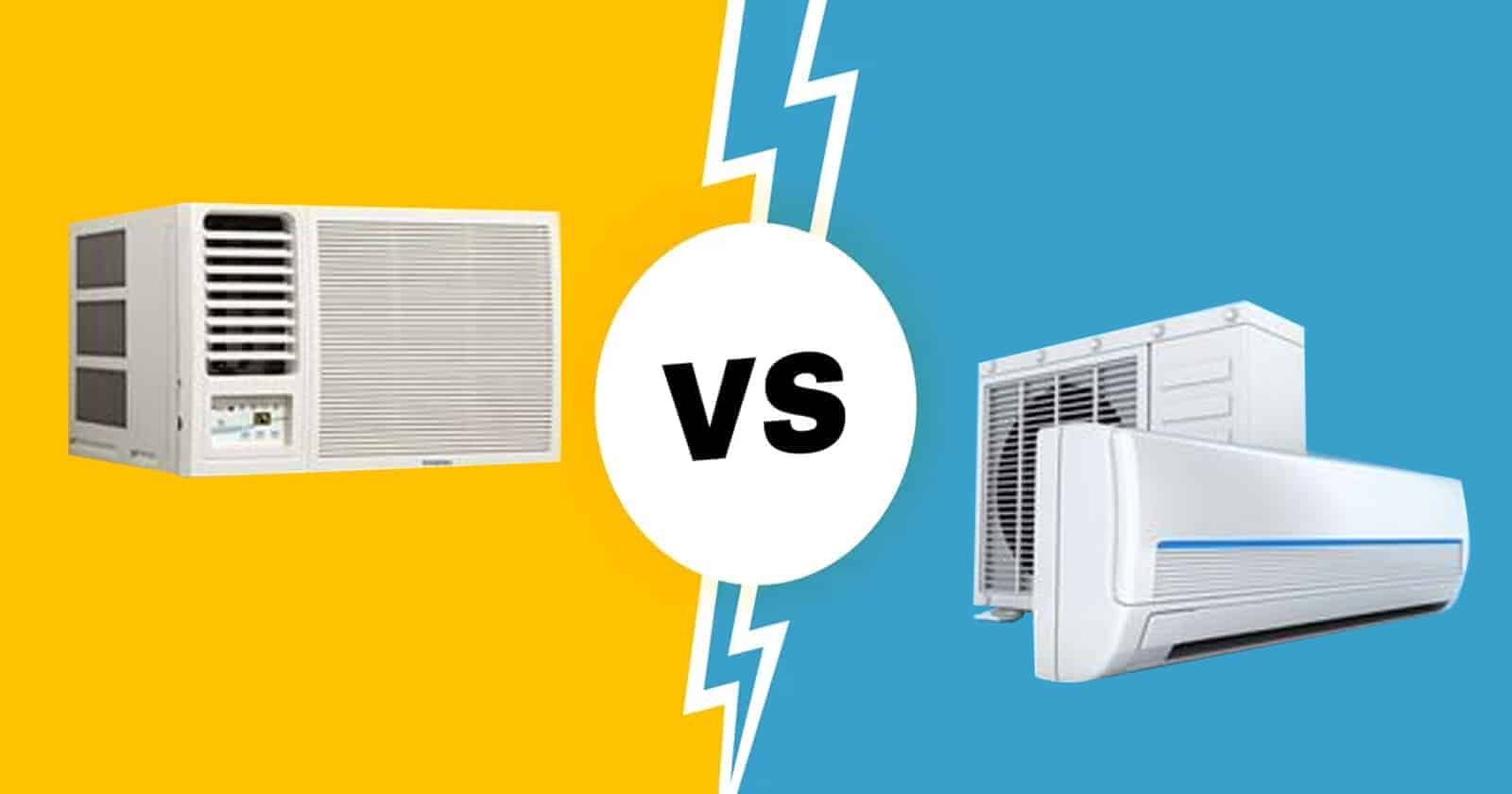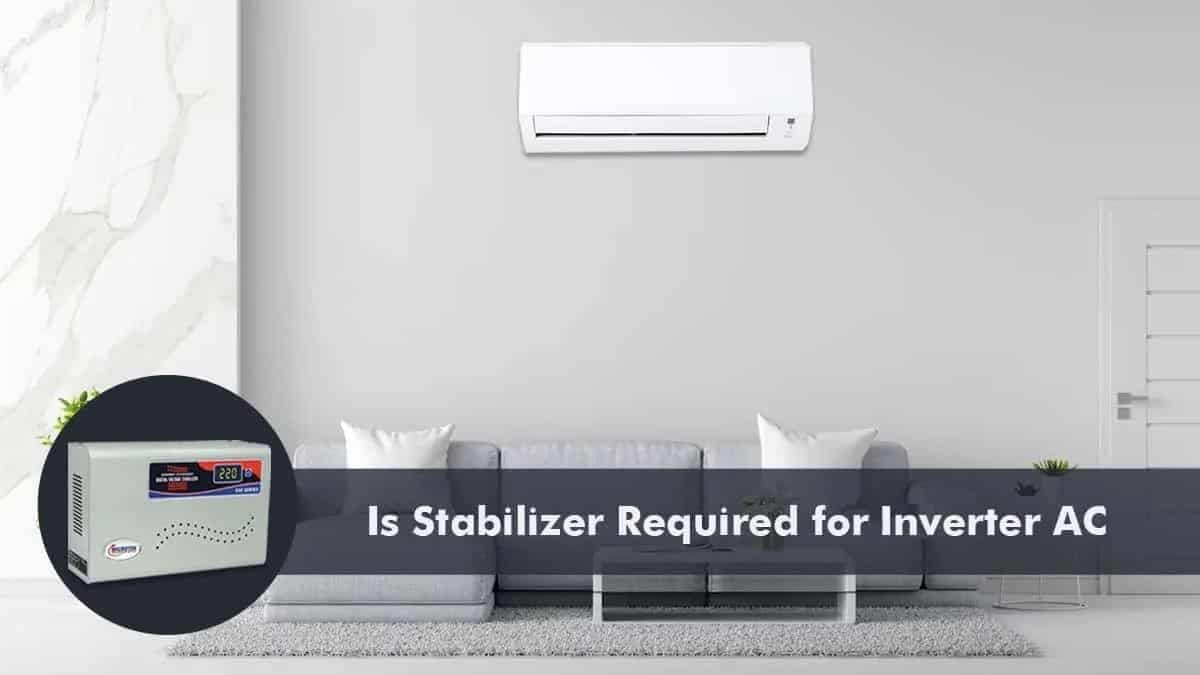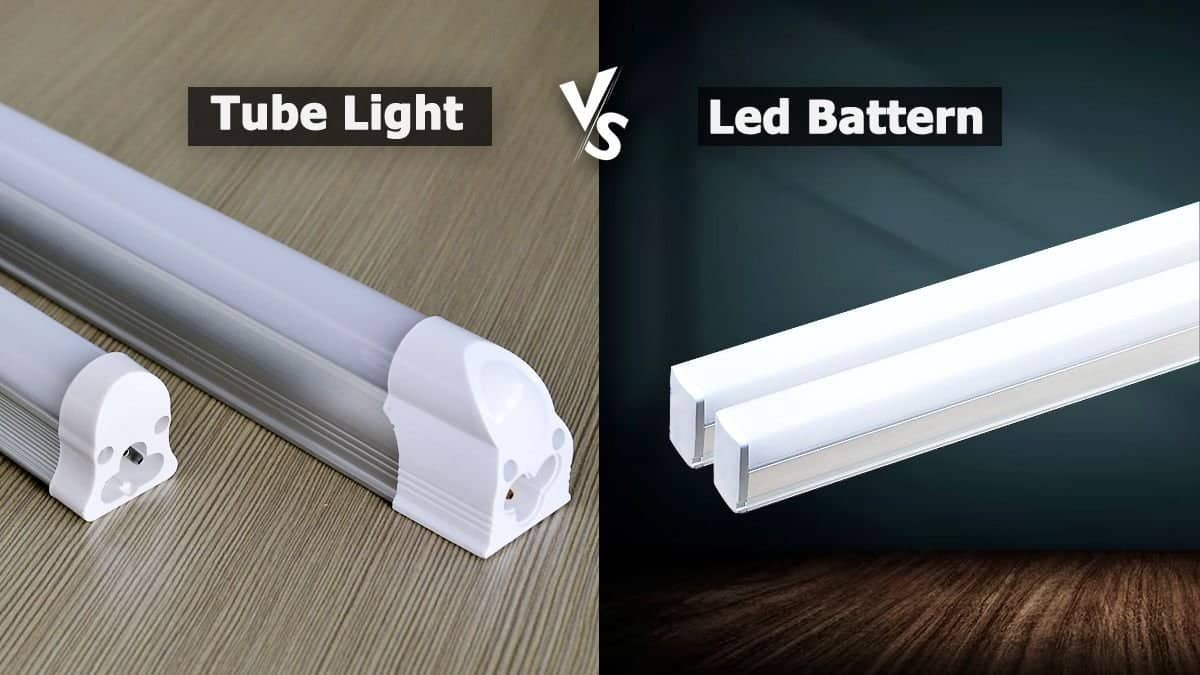Typically, as the weather gets hotter, people start to think about how they can best beat the heat. For many, that means cranking up the air conditioning. But what kind of air conditioner is the most energy-efficient in India? How does the power consumption differ when we compare window AC vs split ac?
In this post, we’ll explore the differences between window AC units and split AC units regarding power consumption. We’ll also provide tips on reducing your air conditioning costs regardless of your unit type.
So read on to learn more about how these two types of air conditioners differ in India and what you can do to save money this summer.
Table of Contents
How do Window AC Vs Split AC Differ in Terms of Power Consumption in India?
Window AC vs split AC units, both types of AC can be very effective at cooling your space, but they differ in terms of power consumption.
Here are six ways that window AC vs split AC differ in terms of power consumption:
1. Window AC units are generally less expensive to operate than split AC units

While both split AC units and window AC units have their pros and cons, window AC units are generally less expensive to operate than split AC units. This is because split AC units require a professional to install them, which can add to the overall cost. Additionally, split AC units tend to be more expensive to repair than window AC units.
2 . Split AC units can be more difficult to install than window AC units

If you’re looking to install an air conditioning unit in your home, you have two main options: split AC units or window AC units. Split AC units are the more popular option, as they are more efficient and have a longer lifespan. However, they also require a professional to install them, which can be expensive. This is because split AC units require a hole to be drilled in the wall for the outdoor unit to be installed. In addition, the indoor and outdoor units must be properly connected with electrical wiring.
Window AC units are less expensive and can be installed by the homeowner, but they are not as efficient and don’t last as long.
3. Window AC units are less durable than split AC units and may need to be replaced more often

While window AC units are less expensive than split AC units, they are not as durable and may need to be replaced more often. This is because window AC units have all of their components in one unit, which is subject to more wear and tear. Split AC units, on the other hand, have their compressor and condenser located outside, which helps them last longer.
4. Window AC units tend to be less energy-efficient than split AC units

Window air conditioners are a popular choice for many homeowners because they are relatively inexpensive and easy to install. However, window AC units tend to be less energy-efficient than their split AC counterparts. This is because split AC units have two separate parts – an evaporator and a condenser – which helps to reduce energy loss.
So How Is Power Consumption / Energy Efficiency For ACs Measured?

In order to measure power consumption and energy efficiency for air conditioners (ACs), two different metrics are used: seasonal energy efficiency ratio (SEER) and energy efficiency ratio (EER).
Seasonal Energy Efficiency Ratio
Seasonal Energy Efficiency Ratio is a rating system used to measure the efficiency of air conditioners. The higher the SEER rating, the more efficient the air conditioner. SEER is calculated by dividing the air conditioner’s cooling output by the power input.
SEER ratings range from 14 to 23. The most common SEER rating for residential air conditioners is 16. The minimum SEER rating that can be sold in the United States is 13, but most units that meet this minimum are quite old and inefficient.
If you’re in the market for a new air conditioner in India, be sure to compare SEER ratings to find the most efficient unit for your needs.
Energy Efficiency Ratio
Energy Efficiency Ratio is a metric used to compare the energy efficiency of different air conditioners (ACS). The higher the EER, the more efficient the AC. For example, an AC with an EER of 10 would be 10% more efficient than an AC with an EER of 9.
Many factors affect an AC’s EER, such as the size of the unit, the climate it is used in, and the type of compressor. ACS with scroll compressors is typically more efficient than those with reciprocating compressors.
When choosing an AC, it is important to consider the EER to ensure you get a unit that is as efficient as possible.
Generally speaking, SEER is a more accurate metric for measuring an AC’s overall energy efficiency. At the same time, EER is a more accurate metric for measuring an AC’s energy efficiency under specific conditions. When shopping for an AC, look at SEER and EER ratings to get a well-rounded sense of the unit’s energy efficiency.
The Power Consumption Difference Between Windows AC vs Split AC

There has been much debate over which type of air conditioner is more efficient: split AC or windows AC? While both types of ACs have pros and cons, it is hard to say which is definitely better.
Split ACs are more expensive to install but are more energy-efficient in the long run. Windows ACs are cheaper to install but are not as energy-efficient. There are several reasons for the difference in power consumption between Windows AC and Split AC.
- The main factor is that Windows AC uses a single compressor while Split AC uses two compressors.
- Split AC also has a higher SEER rating, which means it is more efficient in converting electricity into cooling power. In addition, split AC units have better air circulation and can cool a room more evenly.
- Split AC units have a higher EER than window AC units. This is because split AC units have two units – an outdoor unit and an indoor unit – which helps to distribute the cool air evenly. Additionally, split AC units use refrigerant lines to transfer the coolant, which is more efficient than the compressor in a window AC unit.
While there are some clear advantages of Split AC over Windows AC in terms of power consumption, there are also some drawbacks. Split AC units are more expensive to purchase and install and require more maintenance. In addition, Split AC units can be noisy, so they may not be the best choice for every home.
Ultimately, the decision of which type of AC to buy depends on your specific needs and preferences.
Which one is better – Window AC vs Split AC?

After much deliberation, we have come to the conclusion that split AC is the better option for most people. While window ACs are cheaper and easier to install, they are generally less energy-efficient and can be quite loud. Split ACs, on the other hand, are more expensive but offer a host of benefits that make them worth the investment. They are more energy-efficient, quieter, and have the ability to cool multiple rooms at once.
If you are in the market for a new AC, we strongly suggest you use a split AC. You may have to pay a bit more upfront, but in the long run, you will save money on your energy bill and enjoy a more comfortable home.
Although Split ACs are more energy-efficient than traditional Windows ACs, there are still some ways that Windows ACs can compete. One way is using energy-efficient models designed to minimize energy consumption. Additionally, Windows ACs can be used with other energy-saving methods, such as insulation and proper weather-stripping, to reduce energy consumption further.
Also Read
- Difference Between R32 and R410A Gas: Which one is Better?
- Know the Difference Between 3 Star and 5 Star AC
- 8 Reasons Why Your AC Not Cooling Properly
FAQS
How much power does a window AC use compared to a split AC?
Window AC units typically use about 15% more power than split AC units. However, this difference in power consumption is negligible compared to the overall cost of running your AC unit.
How does the power consumption of a window AC impact my electricity bill?
The power consumption of a window AC unit will impact your electricity bill in the same way as any other appliance: the more power your AC unit consumes, the higher your electricity bill will be.
How does the power consumption of a split AC impact my electricity bill?
Split AC units typically use less power than window AC units, so that they will have a smaller impact on your electricity bill.
What are the benefits of a window AC unit vs split AC unit?
There are a few benefits of using window AC units over split AC units, including:
● Window AC units are typically less expensive than split AC units.
● Window AC units are easier to install than split AC units.
● Window AC units take up less space than split AC units.
● Window AC units are less likely to leak than split AC units.
● Window AC units typically have fewer moving parts than split AC units, making them less likely to break down.
What are the benefits of a split AC unit over a window AC unit?
There are several benefits of split AC units over window AC units, including:
● Split AC units are more energy-efficient than window AC units.
● Split AC units can be more powerful than window AC units.
● Split AC units are easier to maintain than window AC units.
● Split AC units take up less space than window AC units.
● Split AC units can be more aesthetically pleasing than window AC units.
Which type of AC unit is right for me?
The type of AC unit that is right for you depends on your specific needs and preferences. If you are looking for a cheaper option, a window AC unit may be the right choice for you. A split AC unit may be the better option if you are looking for an AC unit that is more energy-efficient and takes up less space.





